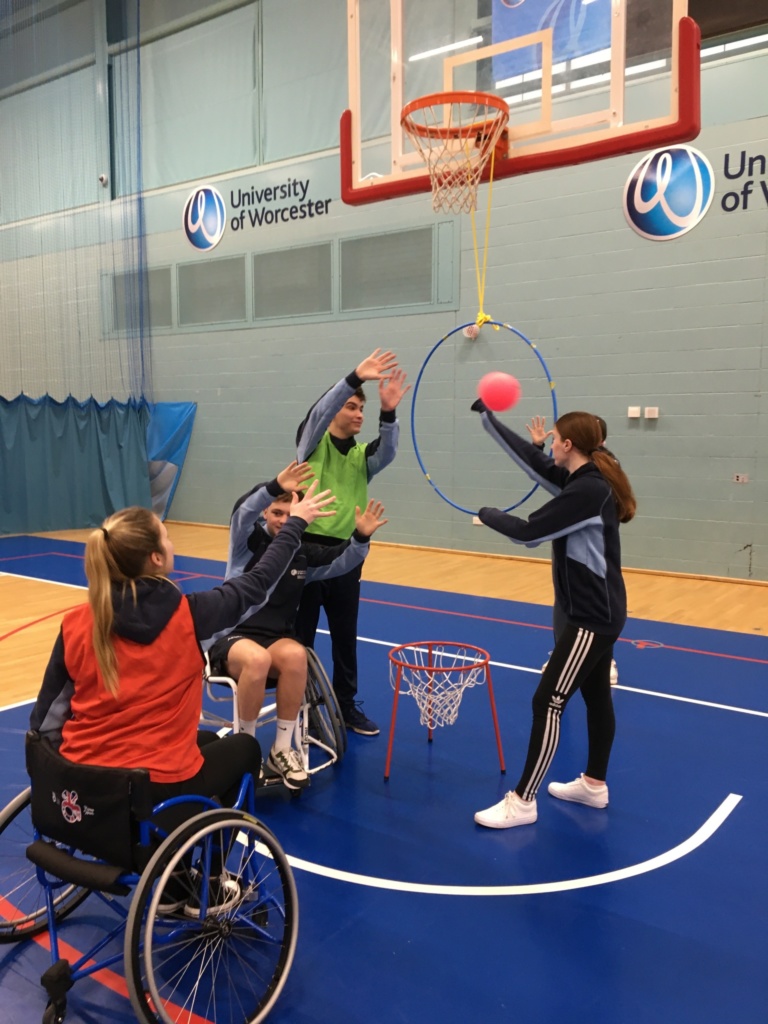
Teachers face increasing pressures and expectations that expand far beyond normal teaching practice, but may have little formal training to facilitate the learning of disabled students, and may have very limited resources by which to do so [1]. Yet, teachers are still expected to create an inclusive space.
For example, though thought to be inclusive, disabled students may still be singled out or segregated from peers if the teacher is unable to (or does not have the resources to) create an inclusive activity[2][3]. Moreover, inclusive training may not reflect real world issues related to inclusive teaching practice [4]. Considering the effort over the last 30 years to promote inclusion within PE, and the continual barriers to realising this inclusion, it is apparent that an applied inclusive practice is currently lacking within mainstream education [5].
We introduce the notion of being an ally. Unconsciously, teachers may already be an ally for disabled students as they provide an empowering experience for all pupils [6]. As yet, however, there is very little information regarding being an allied teacher within a PE context. We address this gap by suggesting ways in which PE teachers can be allies of disabled students. That is, by
- reflecting on different disability models,
- (ii) utilizing the Inclusive Spectrum,
- (iii) embodying allyship in wider practice.
Utilizing the Inclusive Spectrum
One way a PE teacher can become more inclusive in their practical delivery is to use the Inclusion Spectrum (IS) [7]. The IS, is a framework to include all and is broken down into several sections which have been slightly adapted from the ‘original’ lesson plan; open, modified, parallel, specific and disability. This framework allows the teacher to plan an inclusive lesson for all students. The IS can be viewed in further detail in Table 1.